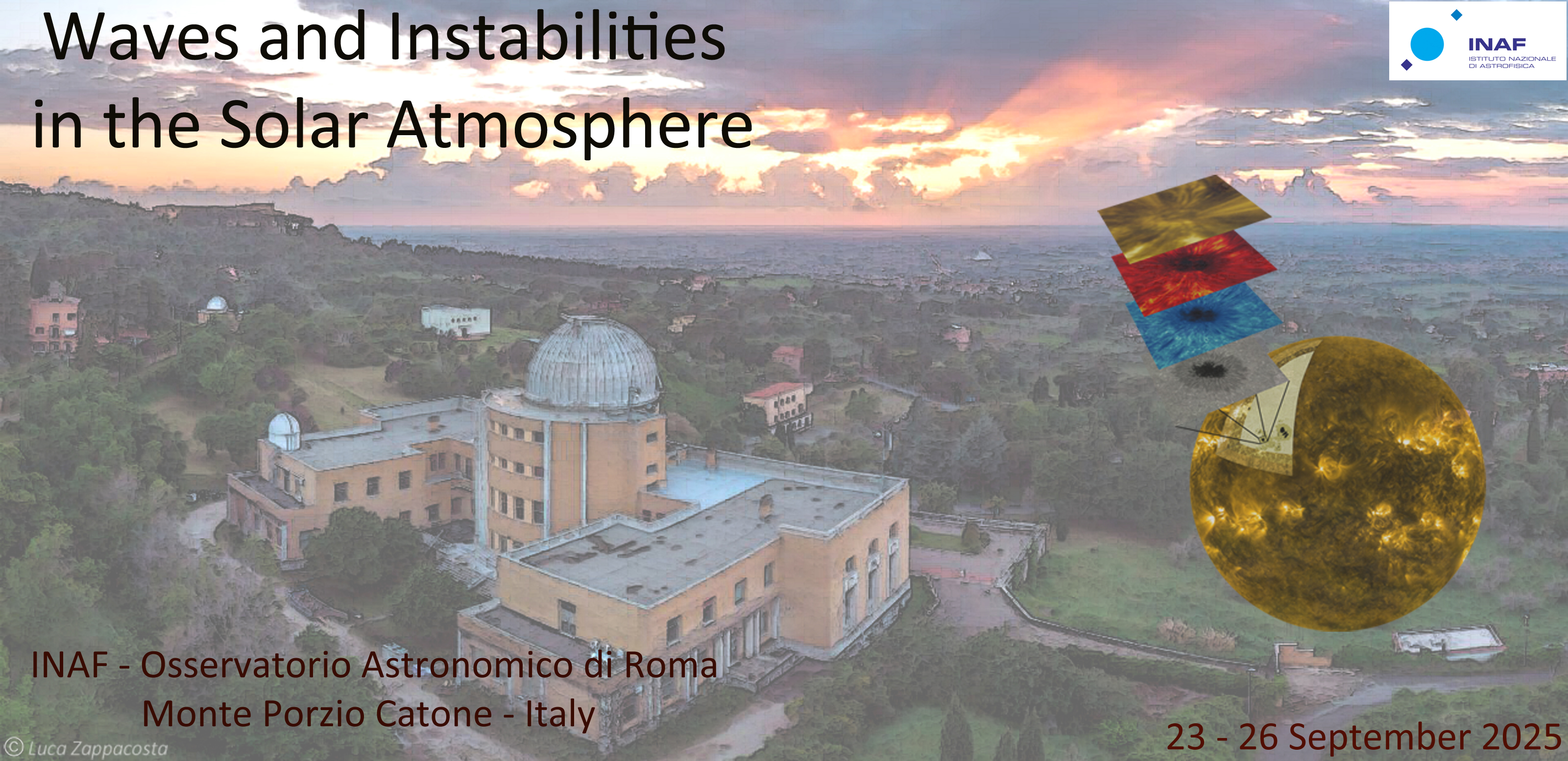Speaker
Description
Magnetic pores act as conduits for magnetohydrodynamic (MHD) waves, facilitating energy transport through the solar atmosphere. While Grant et al. (2015) identified upwardly propagating sausage-mode oscillations, and Albidah et al. (2020,2023) and Jafarzadeh et al. (2024) demonstrated the power of Proper Orthogonal Decomposition (POD) in analysing wave dynamics, a detailed breakdown of wave energy partitioning across modes as they move upward through the lower solar atmosphere remains unexplored.
In this work, we apply POD to high-cadence, multi-height observations of a solar pore (Continuum 4170, G-band, Na I D, Ca II K, H-alpha) to quantify the relative energy contributions of sausage, kink, and fluting modes at different atmospheric heights.
By analysing the convex hull points of the pore boundary at each height, we isolate spatially coherent oscillatory structures and track their evolution. The mode-dependent partitioning of energy provides insights into wave coupling and dissipation processes, with implications for mode conversion as density and magnetic field strength vary with altitude (Riedl et al. 2021).
Additionally, we investigate the temporal frequencies of these modes, investigating whether the chromospheric 3 mHz signal is driven by direct p-mode leakage or nonlinear mode coupling. We employ the WaLSA tool repository for advanced spectral analysis, demonstrating its utility in characterizing multi-height wave evolution. This study represents a step toward a more complete observational picture of wave propagation, mode conversion, and energy transport in the lower solar atmosphere.
| Sessions | Wave generation, energy transport, dissipation and heating |
|---|

